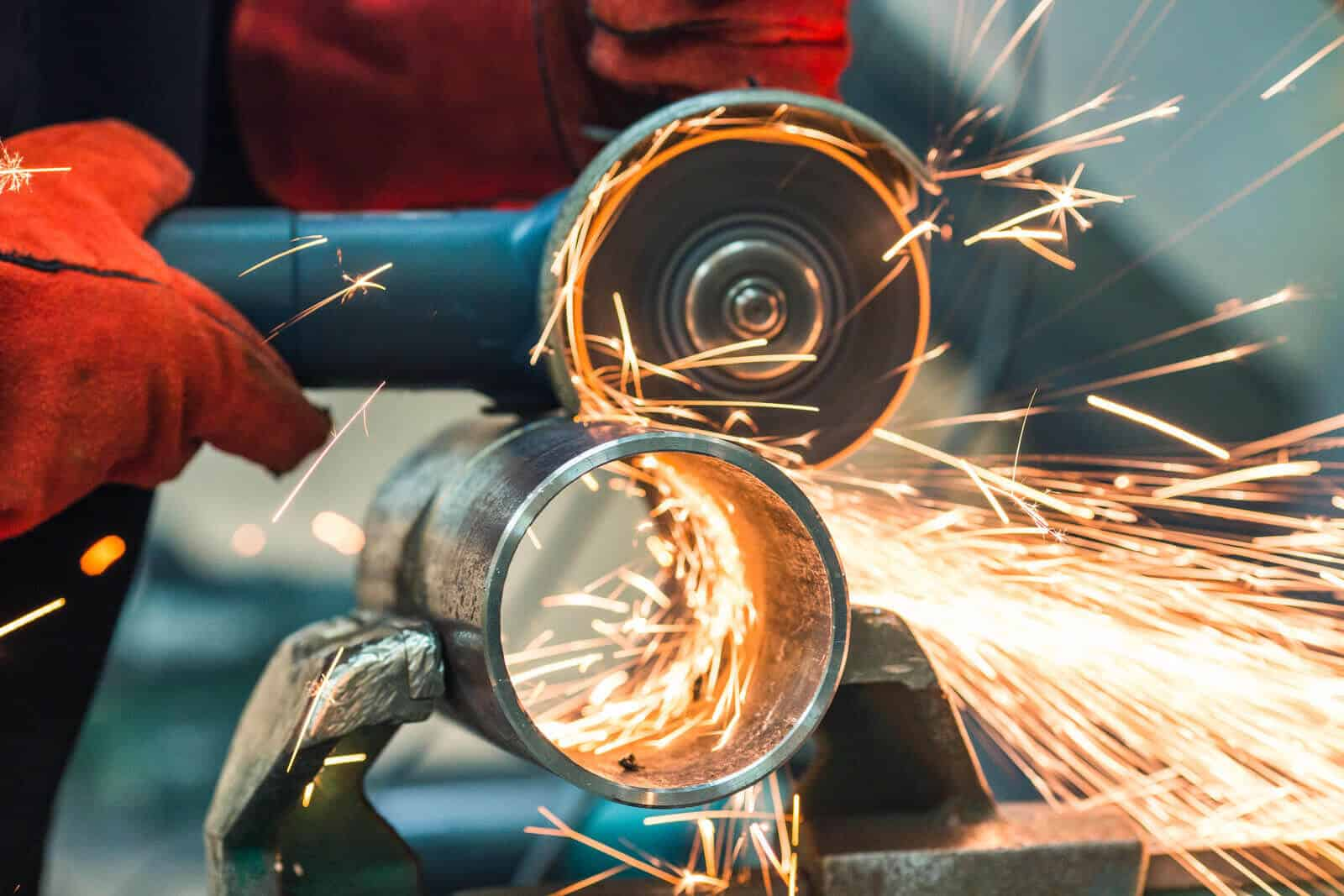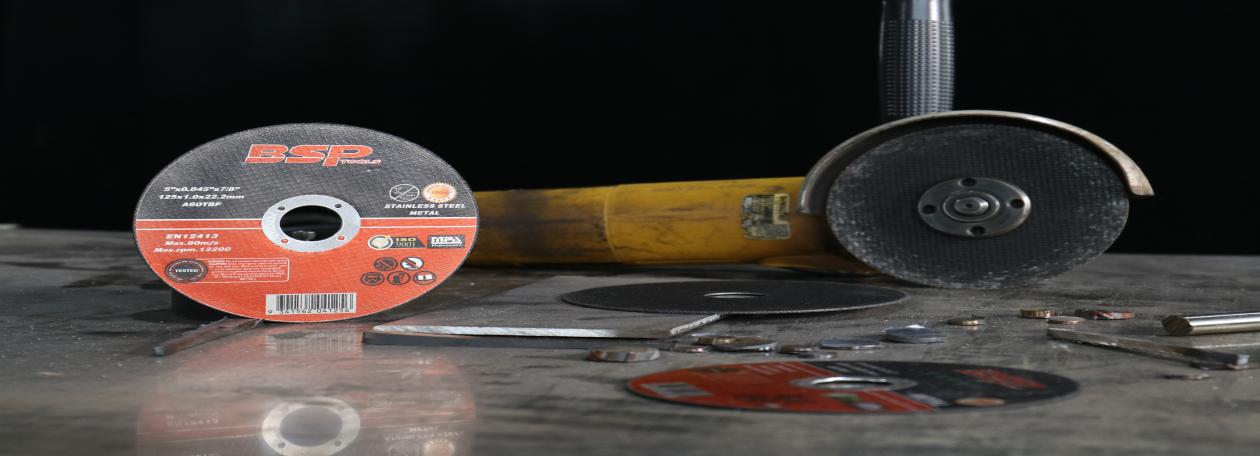Cast iron pipes are popular in plumbing systems because they are durable and long-lasting. However, there are times when you need to cut a cast iron pipe, either for repair or replacement. Cutting a cast iron pipe can be a challenging task, but it is possible with the right tools and techniques. In this article, we will guide you on how to cut a cast iron pipe with an angle grinder.
Why Use an Angle Grinder?
An angle grinder is a versatile tool that can be used for various cutting and grinding tasks. When it comes to cutting cast iron pipes, an angle grinder is the perfect tool because it is portable, powerful, and can cut through even the toughest of materials. With the right cut-off wheel, an angle grinder can make quick work of cast iron pipes and produce clean, precise cuts.
Which Cut Off is Best for Cutting Cast Iron Pipes?
When it comes to cutting cast iron pipes with an angle grinder, the type of cut off wheel you use is critical. The two most common materials used for cut off wheels are aluminum oxide cut off wheel and silicon carbide cut off wheel. While both materials can be used to cut through cast iron pipes, silicon carbide cut off wheel is generally considered the better option due to its durability and ability to handle high temperatures.
In terms of size, 4.5 inches cut off wheel is the most common cut off wheel size for cutting cast iron pipes. However, if you’re working with larger diameter pipes, you may need to use a larger cut off wheel.
Step-by-Step Guide to Cutting Cast Iron Pipes with an Angle Grinder
Now that we’ve covered the basics of angle grinders and cut off wheels let’s dive into the step-by-step process of cutting cast iron pipes with an angle grinder.
Step 1: Gather Your Materials
Before you begin cutting, gather all the necessary materials, including:
- Angle grinder
- Silicon carbide cut off wheel (4.5 inches or larger)
- Safety glasses
- Gloves
- Dust mask or respirator
Step 2: Mark the Pipe
Use a marker or chalk to mark the area of the cast iron pipe that needs to be cut. Make sure to mark the pipe on all sides to ensure an even cut.
Step 3: Secure the Pipe
Use a clamp or vise to secure the cast iron pipe in place. This will prevent the pipe from moving during the cutting process and ensure a straight, even cut.
Step 4: Put on Safety Gear
Before you start cutting, make sure to put on your safety gear, including safety glasses, gloves, and a dust mask or respirator. This will protect you from any debris or dust that may be generated during the cutting process.
Step 5: Cut the Pipe
With the angle grinder and cut off wheel ready, turn on the tool and slowly lower the blade onto the cast iron pipe. Move the blade back and forth across the marked area, applying slight pressure to the pipe as you cut.
Make sure to take frequent breaks during the cutting process to allow the blade to cool down. This will help to prevent overheating and ensure a longer blade life.
Step 6: Check Your Progress
Periodically stop cutting to check your progress and ensure that you’re cutting evenly across the entire marked area. If you notice any uneven areas, adjust the angle of the blade and continue cutting until the cut is even.
Step 7: Finish the Cut
Once you’ve cut all the way through the cast iron pipe, turn off the angle grinder and remove the cut off wheel. Use a deburring tool or a metal file to smooth out any rough edges or burrs left by the cut.
Safety Tips When Using an Angle Grinder
When working with an angle grinder, it’s essential to take proper safety precautions to avoid injury. Here are some safety tips to keep in mind:
Always wear safety glasses to protect your eyes from debris and dust.
Wear gloves to protect your hands from the heat generated by the tool and the sharp edges of the cut off wheel.
Use a dust mask or respirator to avoid inhaling any dust or debris generated during the cutting process.
Keep the area around the cutting area clear of any flammable materials or debris that could potentially ignite from the sparks generated by the tool.
Never use a damaged or cracked cut off wheel, as it could break during use and cause injury.
Always follow the manufacturer’s instructions and guidelines for the specific angle grinder and cut off wheel you’re using.
Conclusion
Cutting cast iron pipes with an angle grinder can seem intimidating at first, but with the right equipment and technique, it’s a straightforward and efficient process. Remember to use a silicon carbide cut off wheel, take frequent breaks to allow the blade to cool down, and always take proper safety precautions to avoid injury.
By following these steps and safety tips, you’ll be able to cut through cast iron pipes quickly and easily, whether you’re a DIY enthusiast or a professional plumber. With the right tools and techniques, you can tackle any cast iron pipe cutting project with confidence.


